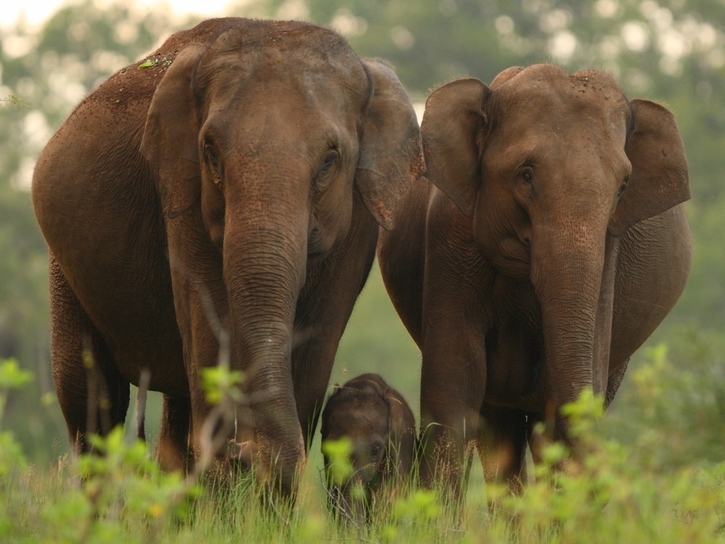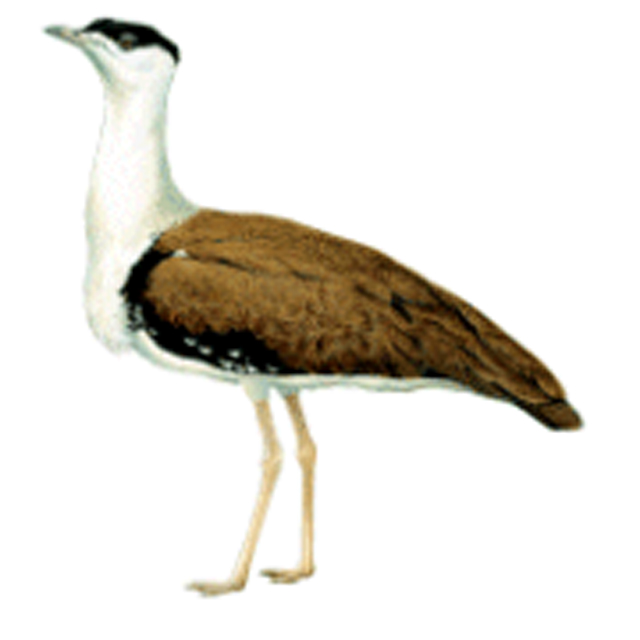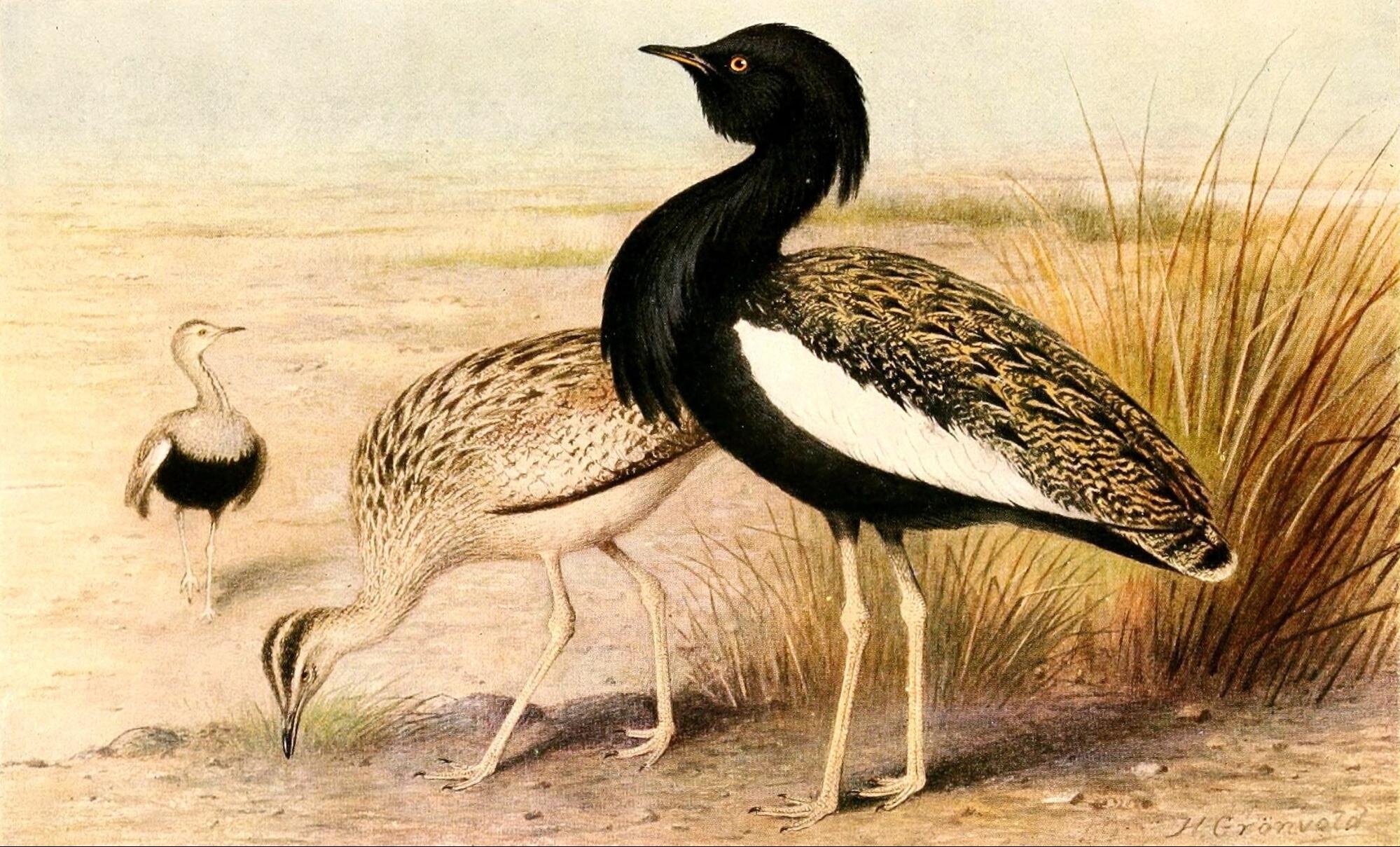Biodiversity & Environment
Species Included in Appendix I of UNCMS
- 21 Feb 2020
- 3 min read
Why in News
The Great Indian Bustard, Asian Elephant and Bengal Florican have been included in Appendix I of UN Convention on Migratory Species at the ongoing 13th Conference of the Parties (COP) to the Convention on Migratory Species (CMS) in Gandhinagar (Gujarat).
- India’s proposal to include all the three species in the Appendix I was unanimously accepted by the 13th COP to the CMS.
- A migratory species may be listed in Appendix I provided that the best scientific evidence available indicates that the species is endangered.
Asian Elephant
- India is the natural home of the largest population of Asian elephants. It is also found in Nepal, Bangladesh, Bhutan and Myanmar.
- It usually resides in shrublands, artificial/terrestrial forests and grasslands.
- It is listed as ‘Endangered’ on the IUCN Red List of threatened species. It is also listed in Appendix I of the Convention on International Trade in Endangered Species of Wild Fauna and Flora (CITES) and Schedule I of the Wildlife (Protection) Act, 1972.
- The challenges confronting Asian elephant conservation in most elephant Range States are habitat loss and fragmentation, human-elephant conflict, and poaching and illegal trade of elephants.
Great Indian Bustard
- The Great Indian Bustard is one of the heaviest flying birds in the world.
- It usually resides in dry grasslands and scrublands on the Indian subcontinent; its largest populations are found in the Indian state of Rajasthan.
- The Great Indian Bustard is the state bird of Rajasthan.
- It is listed as ‘Critically Endangered’ on the IUCN Red List. It is also listed in Appendix I of CITES and Schedule I of the Indian Wildlife (Protection) Act, 1972.
- 90% of its population has been reduced within 50 years (six generations) majorly due to poaching.
Bengal Florican
- The species has two disjunct populations, one in the Indian Subcontinent, the other in South-East Asia. The former occurs in Indian Subcontinent mainly in India (Uttar Pradesh, Assam and Arunachal Pradesh.) and terai region of Nepal.
- It inhabits lowland dry, or seasonally inundated, natural and semi-natural grasslands, often interspersed with scattered scrub or patchy open forest.
- It has been listed as ‘Critically Endangered’ on the IUCN Red List. The bird is listed under Schedule I of the Wildlife Protection Act of India, 1972 and Appendix I of CITES
- It has a very small, rapidly declining population largely as a result of widespread loss of its grassland habitat.






